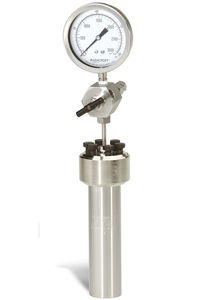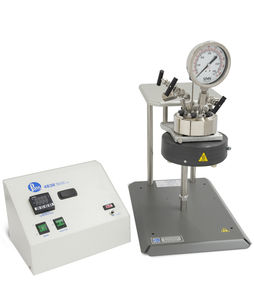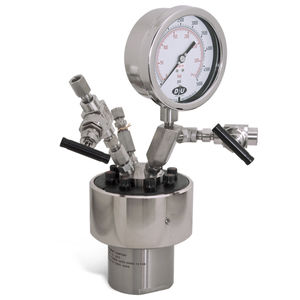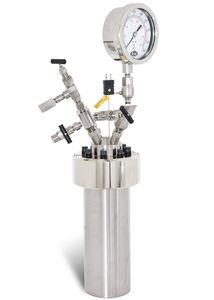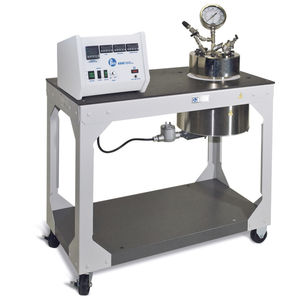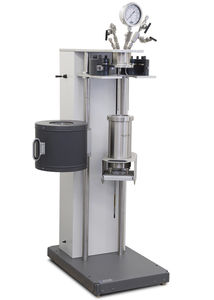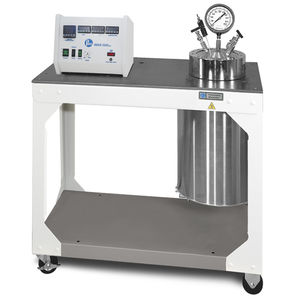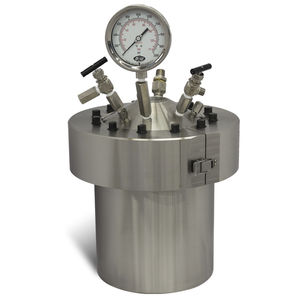
- Packing - Handling - Logistics
- Storage
- Stainless steel tank
- Parr Instrument Company
Pressure tank 4700 seriesstainless steel



Add to favorites
Compare this product
Characteristics
- Material
- stainless steel
- Type
- pressure
- Capacity
Min.: 22 ml
(0.744 US fl oz)Max.: 45 ml
(1.522 US fl oz)- Pressure
Min.: 0 psi
Max.: 1,700 psi
Description
These are the smallest of the Parr General Purpose Pressure Vessels. They have a 1-inch inside diameter and are offered in two different lengths with volumes of 22 and 45 mL.
These vessels have a flat PTFE gasket or flexible graphite that is sealed with a screw cap. Special wrenches and bench sockets are offered for tightening these closures. The screw caps and bodies are made of alloy steel for use at temperatures to 300 °C. The maximum working pressure is 1700 psi (115 bar). The standard material of construction for these small, inexpensive vessels is Type 316 Stainless Steel, but they are also available in all of the current materials of construction Parr provides.
There is room for a single opening on the head of these vessels. This is generally an “A” socket which will accept a 4310 Gage Block Assembly. These heads can also be furnished with 1/8″ NPT, 1/4″ NPT, or a rupture disc assembly. Heads with an NPT port can be provided with a special fitting to allow mounting of both a needle valve and rupture disc, for use in ovens. See Parr 4700 Vessels for Oven Use for more information.
These vessels are normally heated in ovens, baths, or similar general purpose heating devices. Special heaters for these vessels are not available from Parr.
Catalogs
No catalogs are available for this product.
See all of Parr Instrument Company‘s catalogsExhibitions
Meet this supplier at the following exhibition(s):

Other Parr Instrument Company products
Non-Stirred Pressure Vessels
*Prices are pre-tax. They exclude delivery charges and customs duties and do not include additional charges for installation or activation options. Prices are indicative only and may vary by country, with changes to the cost of raw materials and exchange rates.




